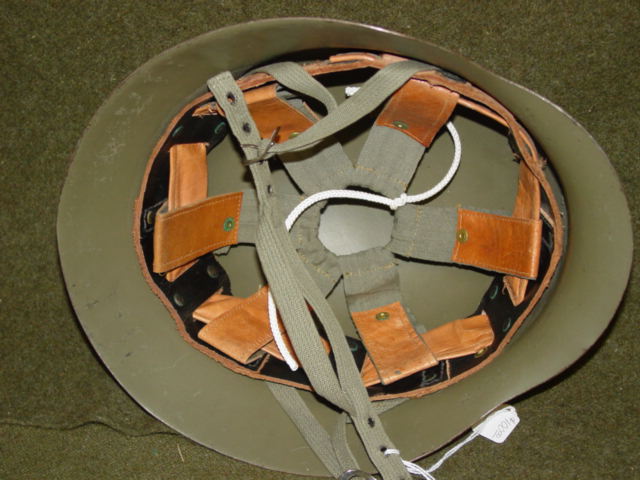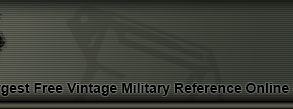|
Post WWII Spanish Army Helmet -
The Spanish Civil War was a major conflict that devastated Spain from 17 July 1936 to 1 April 1939. It began
after an attempted coup d'état by a group of Spanish Army generals against the government of the Second Spanish Republic, then under the leadership of president Manuel Azaña. The nationalist coup was supported by the conservative Spanish Confederation of the Autonomous Right (Confederación Española de Derechas Autónomas, or C.E.D.A), monarchists known as Carlist groups, and the Fascist Falange (Falange Española de las J.O.N.S.). Following the military coup, working-class revolutions spread across the country in support of the Republican government, but were all brutally put down by the army.
The war ended with the victory of the nationalist forces, the overthrow of the Republican government, and the founding of a dictatorship led by General Francisco Franco. In the aftermath of the civil war, all right-wing parties were fused into the state party of the Franco regime.
The war increased international tensions in Europe in the lead-up to World War II, and was largely seen as a proxy war between the Communist Soviet Union and Fascist states Italy and Germany. In particular, new tank warfare tactics and the terror bombing of cities from the air were features of the Spanish Civil War which played a significant part in the later general European war.
This is a fine example of a Spanish M-42 helmet manufactured after WWII.
This helmet was employed during WWII.
This helmet is patterned in a very similar fashion to its German counterpart, therefore, it is
often confused with a German WWII helmet. Upon closer inspection the differences between both
helmets become more apparent. Items such as the headliner, weight and placement of rivets create
the distinction.
This example has the Spanish Eagle emblem in the front of the helmet. The eagle is manufactured
of a light, tin metal. Painted golden with a touch of red.

The inside of the helmet reveals a syspension system built from a combination of leather
and green canvis. The edges of the helmet are not rolled. They are straight and have
been sanded to eliminate sharpness.
The chin strap is made of green canvis. One side has a buckle. The other side has holes
which allow the tightness of the grip to be adjusted.
|
Most modern military helmets saw their birth during World War One. The need to address the
multitude of head wounds in the trenches was the foundation for the widespread development
and deployment of helmets.
This section discusses several of the military helmets of the world.
The helmets from various armies came in a variety of designs. There were a large number
of different types developed. In many cases the use of the spilled over into non-military
applications such as police and civil defense. most of the helmets during WWI and WWII were
constructed of a combination of metal and leather.
|
|

The author is not aware that this type of headgear is currently being
reproduced.
However, there is no guarantee that it is not. in many cases
it is becoming more difficult to be able to tell the fake ones from the real ones because
the quality of the reproductions is improving. The collector must become familiarized with
the construction style and materials employed in the manufacturing of this headgear.
Attention to the details is critical in order to be able to determine the authenticity of
the collectible.
If you have an interest is seeing other Spanish military helmets, you can do so by
going to our Spanish Military headgear
identification guide. Where we cover multiple pieces.
|





